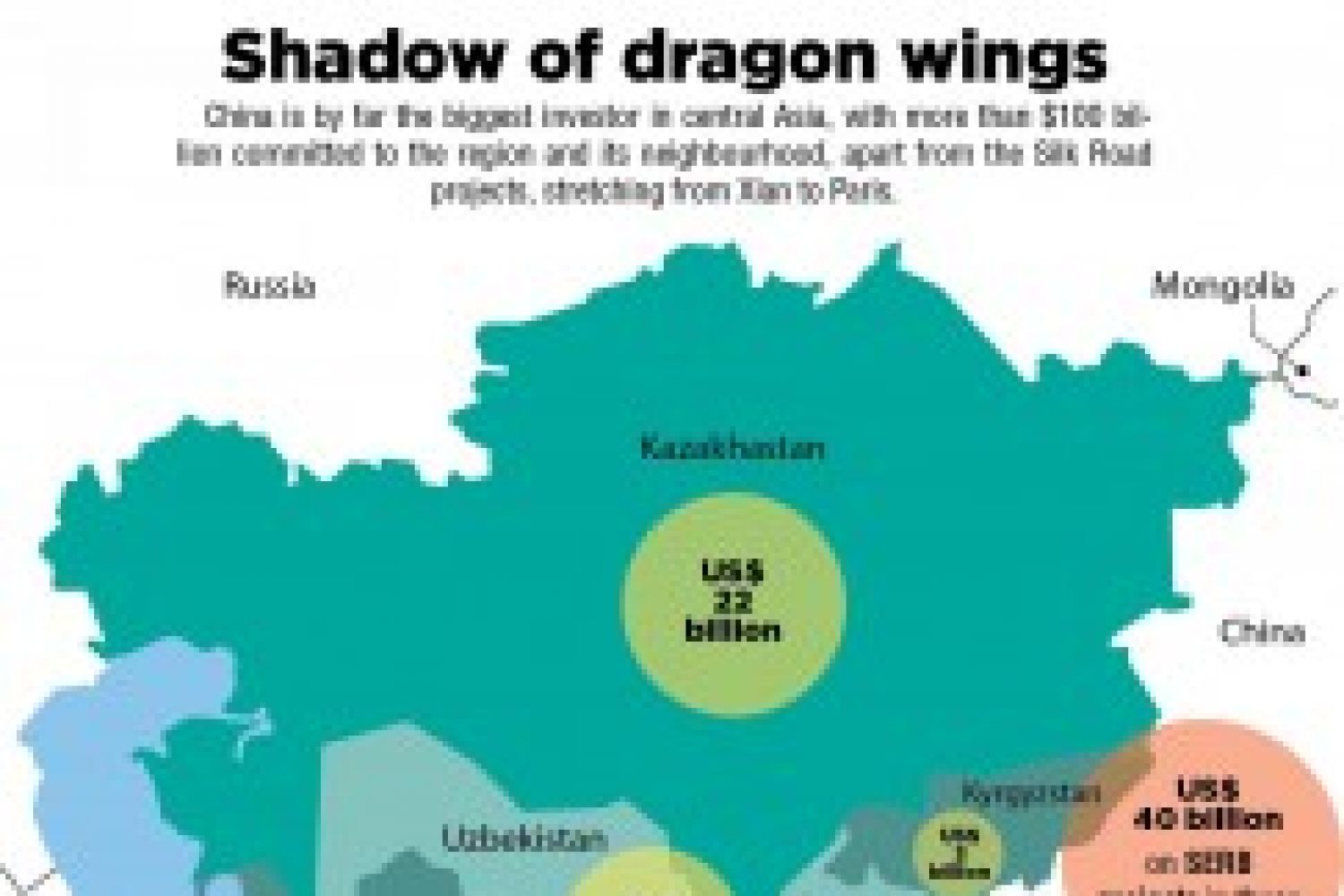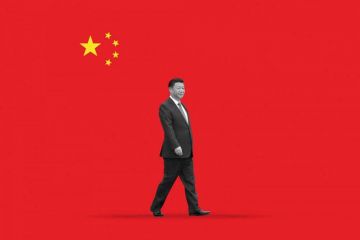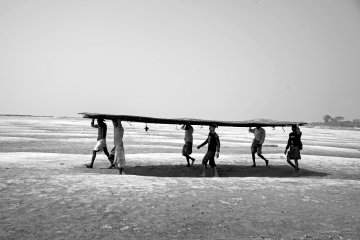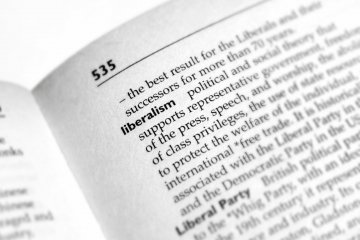
China’s civilisational journey is a tale of unimaginable
accomplishments and extraordinary national ambitions. The Indian monk
Vajrabodhi, who travelled to the Tang ruler’s court in 720 AD, where he taught
Buddhism and received the title Guoshi (Teacher of the Realm), mentioned
China’s ambition to send merchants, missionaries and students westward to
conquer new territory.
John A. Hobson, the English economist and critic, in 1902
opined that with its enormous territory, diverse cl
Continue reading “The Great Game has a new leader”
Read this story with a subscription.





